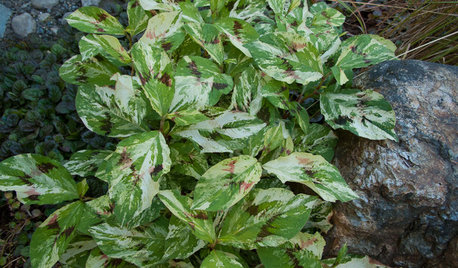Seed problems for Augusta Duelberg
hybridsage
15 years ago
Related Stories

GARDENING GUIDESGreat Design Plant: Painter’s Palette Knotweed Adds Color in Shade
Use bold and colorful Persicaria virginiana for an artistic touch in a darker garden
Full Story
GARDENING GUIDESBackyard Birds: Invite Entertaining Hummingbirds Into Your Garden
Hummingbirds — unique to the Americas — zip through open landscapes seasonally or year-round. Here’s how to attract them
Full StoryMore Discussions






rich_dufresne
wantonamara Z8 CenTex
Related Professionals
Redondo Beach Landscape Architects & Landscape Designers · Alexandria Landscape Contractors · Alpharetta Landscape Contractors · Andover Landscape Contractors · Bedford Landscape Contractors · Columbine Landscape Contractors · Indianapolis Landscape Contractors · Mason Landscape Contractors · National City Landscape Contractors · Tacoma Landscape Contractors · Wells Landscape Contractors · Norridge Landscape Contractors · Gurnee Siding & Exteriors · South Laurel Siding & Exteriors · Lansing Siding & Exteriorsrich_dufresne
hybridsageOriginal Author
wantonamara Z8 CenTex
hybridsageOriginal Author
rich_dufresne
hybridsageOriginal Author
hybridsageOriginal Author
wantonamara Z8 CenTex
rich_dufresne
wantonamara Z8 CenTex
hybridsageOriginal Author
hybridsageOriginal Author
wardda
hybridsageOriginal Author
wantonamara Z8 CenTex
wantonamara Z8 CenTex
wardda
wantonamara Z8 CenTex
hybridsageOriginal Author
wantonamara Z8 CenTex
wardda
hybridsageOriginal Author
wantonamara Z8 CenTex
hybridsageOriginal Author